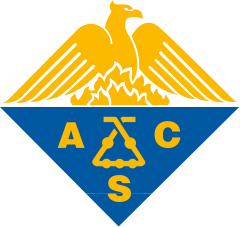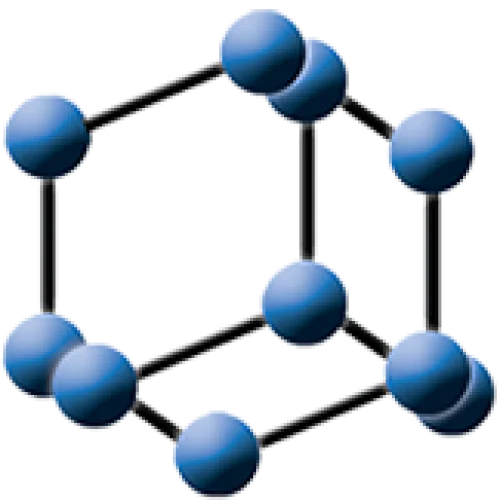Open Access


Antioxidants, volume 8, issue 3, pages 61
Water-soluble CoQ10 as A Promising Anti-aging Agent for Neurological Dysfunction in Brain Mitochondria
Mayumi Takahashi
1
,
Kazuhide Takahashi
1
Publication type: Journal Article
Publication date: 2019-03-11
PubMed ID:
30862106
Biochemistry
Molecular Biology
Cell Biology
Clinical Biochemistry
Physiology
Abstract
Mitochondrial function has been closely associated with normal aging and age-related diseases. Age-associated declines in mitochondrial function, such as changes in oxygen consumption rate, cytochrome c oxidase activity of complex IV, and mitochondrial coenzyme Q (CoQ) levels, begin as early as 12 to 15 months of age in male mouse brains. Brain mitochondrial dysfunction is accompanied by increased accumulation of phosphorylated α-synuclein in the motor cortex and impairment of motor activities, which are similar characteristics of Parkinson’s disease. However, these age-associated defects are completely rescued by the administration of exogenous CoQ10 to middle-aged mice via its water solubilization by emulsification in drinking water. Further efforts to develop strategies to enhance the biological availability of CoQ10 to successfully ameliorate age-related brain mitochondrial dysfunction or neurodegenerative disorders may provide a promising anti-aging agent.
Nothing found, try to update filter.
Mourier A., Matic S., Ruzzenente B., Larsson N., Milenkovic D.
Cogliati S., Frezza C., Soriano M., Varanita T., Quintana-Cabrera R., Corrado M., Cipolat S., Costa V., Casarin A., Gomes L., Perales-Clemente E., Salviati L., Fernandez-Silva P., Enriquez J., Scorrano L.
Are you a researcher?
Create a profile to get free access to personal recommendations for colleagues and new articles.



















